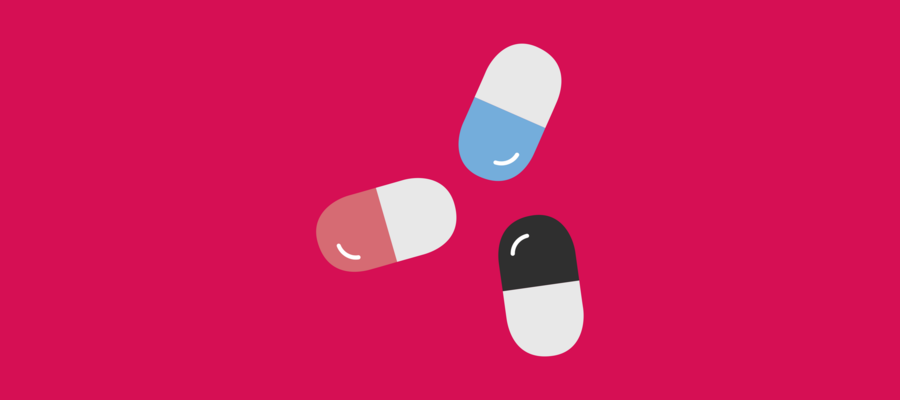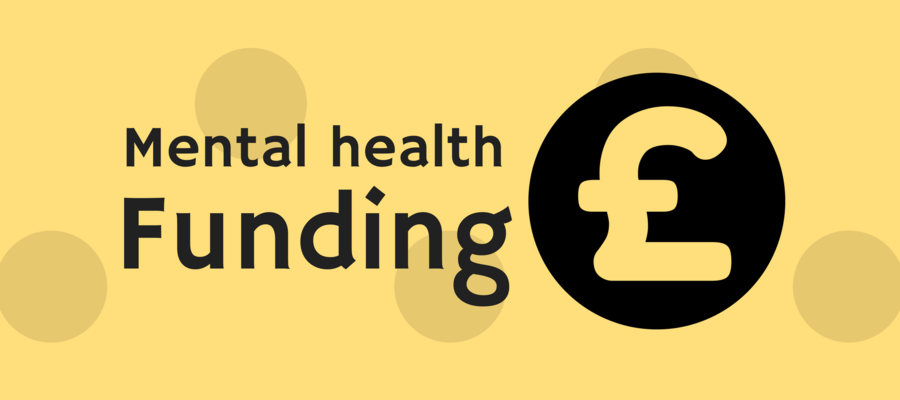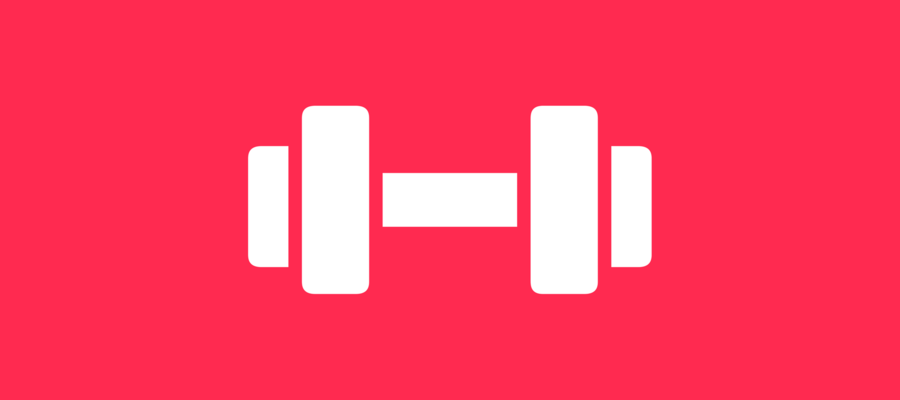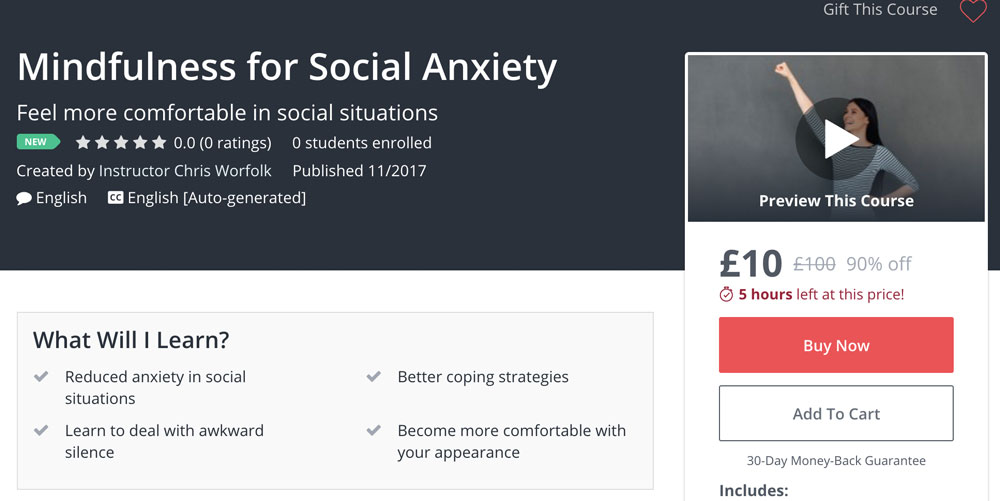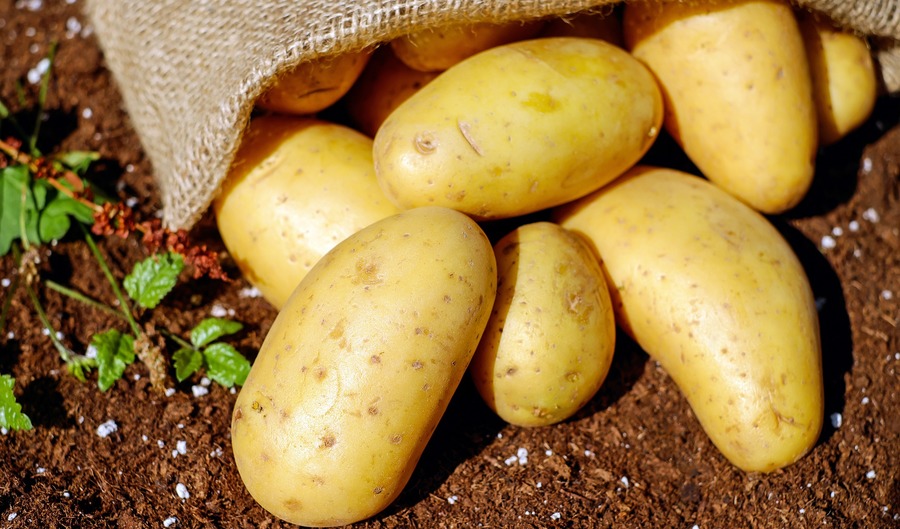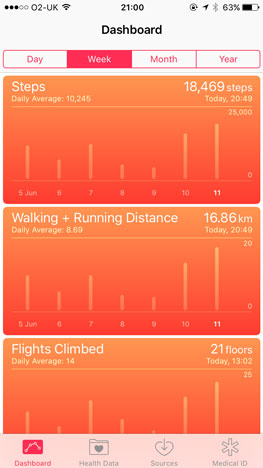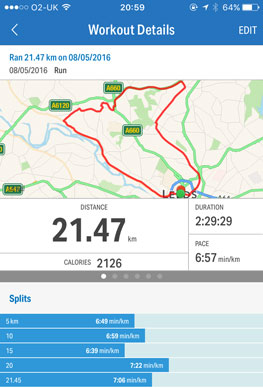Is being overweight good for you?
Saturday, August 11th, 2018 | Health & Wellbeing, Science

The idea that being overweight is bad for you is well established. Being overweight takes years off your life, so it’s important to eat right and exercise to keep your weight under control. More recent evidence, however, has challenged this.
For example, a 2013 paper in the Journal of the American Medical Association found that overweight people had a lower level of all-cause mortality than people of a healthy weight. The paper was not well-received, but nobody seems to have been able to poke any holes in it, either.
Similarly, a 2009 systematic review published in Deutsches Ärzteblatt International concluded that:
The prevailing notion that overweight increases morbidity and mortality, as compared to so-called normal weight, is in need of further specification.
So, should we give up with the diets and let our waistlines expand a little? Maybe. But even if more evidence goes on to support these findings, there are some good reasons for sticking with the current line on what a healthy BMI is.
Overweight vs obese
Something that all the studies agree on is that people have worse health outcomes, including death, if they are obese. Overweight is one thing, but being obese is bad for you in any study.
And you might be surprised how easy it is to reach the category of obese. Consider that my BMI hovers around 24. 25 is the line between healthy weight and overweight. So, I’m nearly in the overweight category. And I look like this:
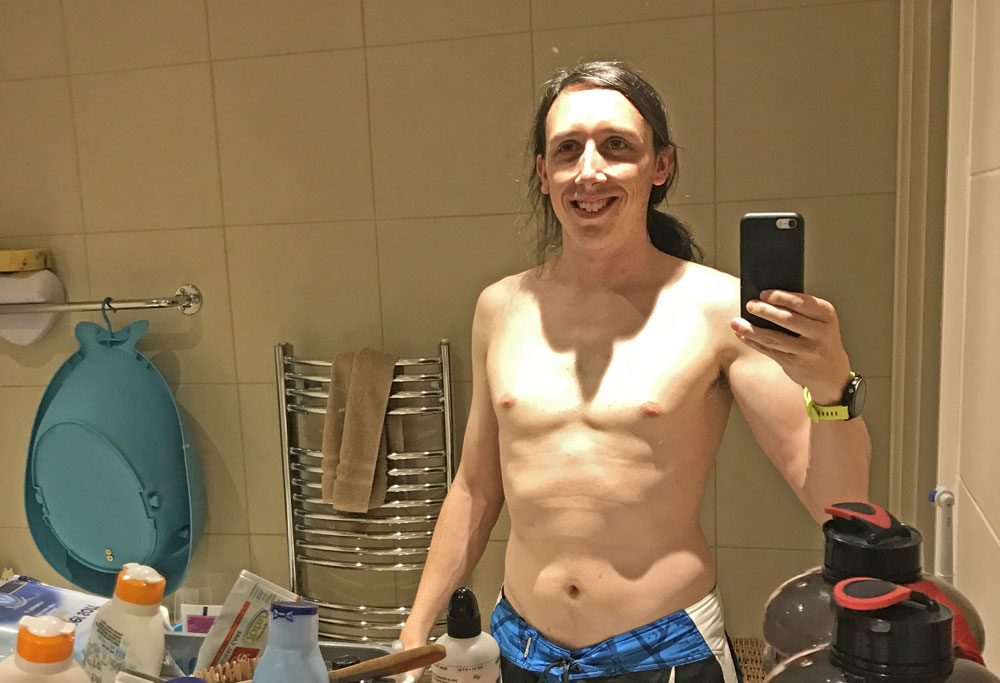
Not the buffest individual, that’s for sure, but I don’t look like I’m carrying around any extra weight either. And you only have to move up to a BMI of 30 to go into the obese category.
All-cause morality
As the NHS points out, these studies typically look at all-cause mortality, which means people dying of anything. The problem is that this contradicts individual studies of any topic. For example, if we look at heart disease or diabetes. Whenever we look at the individual causes, we find it is better to be a healthy weight.
There is a huge amount of evidence to support this, so in order for us to accept an alternative view, it would ideally need to explain this discrepancy.
Quality of life
The second problem is that these studies just look at mortality. But that is never the way that NICE or Public Health England have looked at how to provide the most efficient healthcare system.
We measure outcomes in quality-adjusted life-years (QALYs). It’s not enough just to be alive. Modern medicine allows us to keep pretty much anybody alive indefinitely. But sitting in a medically induced coma on a ventilator isn’t a life that any of us would choose.
As a study in Nature points out, being overweight is associated with fewer years of disease-free life. In short, you might experience a longer life, but it won’t be a happier or more fulfilling one.
Indeed, this could help explain the findings. If people are already inside the medical system because they’re having to be treated for obesity-related illnesses, we may be better at spotting other diseases. Or it may be that carrying around some extra weight will reduce your quality of life but also help you to stick around for an extra week when you become seriously ill because you have larger fat reserves.
Conclusion
There is genuine evidence that you will live longer if you are a little overweight (but not obese). However, so far we have been unable to explain why this is. And, more importantly, you will also have a reduced quality of life. Therefore, the current guidelines on maintaining a healthy BMI are still relevant.

The idea that being overweight is bad for you is well established. Being overweight takes years off your life, so it’s important to eat right and exercise to keep your weight under control. More recent evidence, however, has challenged this.
For example, a 2013 paper in the Journal of the American Medical Association found that overweight people had a lower level of all-cause mortality than people of a healthy weight. The paper was not well-received, but nobody seems to have been able to poke any holes in it, either.
Similarly, a 2009 systematic review published in Deutsches Ärzteblatt International concluded that:
The prevailing notion that overweight increases morbidity and mortality, as compared to so-called normal weight, is in need of further specification.
So, should we give up with the diets and let our waistlines expand a little? Maybe. But even if more evidence goes on to support these findings, there are some good reasons for sticking with the current line on what a healthy BMI is.
Overweight vs obese
Something that all the studies agree on is that people have worse health outcomes, including death, if they are obese. Overweight is one thing, but being obese is bad for you in any study.
And you might be surprised how easy it is to reach the category of obese. Consider that my BMI hovers around 24. 25 is the line between healthy weight and overweight. So, I’m nearly in the overweight category. And I look like this:

Not the buffest individual, that’s for sure, but I don’t look like I’m carrying around any extra weight either. And you only have to move up to a BMI of 30 to go into the obese category.
All-cause morality
As the NHS points out, these studies typically look at all-cause mortality, which means people dying of anything. The problem is that this contradicts individual studies of any topic. For example, if we look at heart disease or diabetes. Whenever we look at the individual causes, we find it is better to be a healthy weight.
There is a huge amount of evidence to support this, so in order for us to accept an alternative view, it would ideally need to explain this discrepancy.
Quality of life
The second problem is that these studies just look at mortality. But that is never the way that NICE or Public Health England have looked at how to provide the most efficient healthcare system.
We measure outcomes in quality-adjusted life-years (QALYs). It’s not enough just to be alive. Modern medicine allows us to keep pretty much anybody alive indefinitely. But sitting in a medically induced coma on a ventilator isn’t a life that any of us would choose.
As a study in Nature points out, being overweight is associated with fewer years of disease-free life. In short, you might experience a longer life, but it won’t be a happier or more fulfilling one.
Indeed, this could help explain the findings. If people are already inside the medical system because they’re having to be treated for obesity-related illnesses, we may be better at spotting other diseases. Or it may be that carrying around some extra weight will reduce your quality of life but also help you to stick around for an extra week when you become seriously ill because you have larger fat reserves.
Conclusion
There is genuine evidence that you will live longer if you are a little overweight (but not obese). However, so far we have been unable to explain why this is. And, more importantly, you will also have a reduced quality of life. Therefore, the current guidelines on maintaining a healthy BMI are still relevant.

